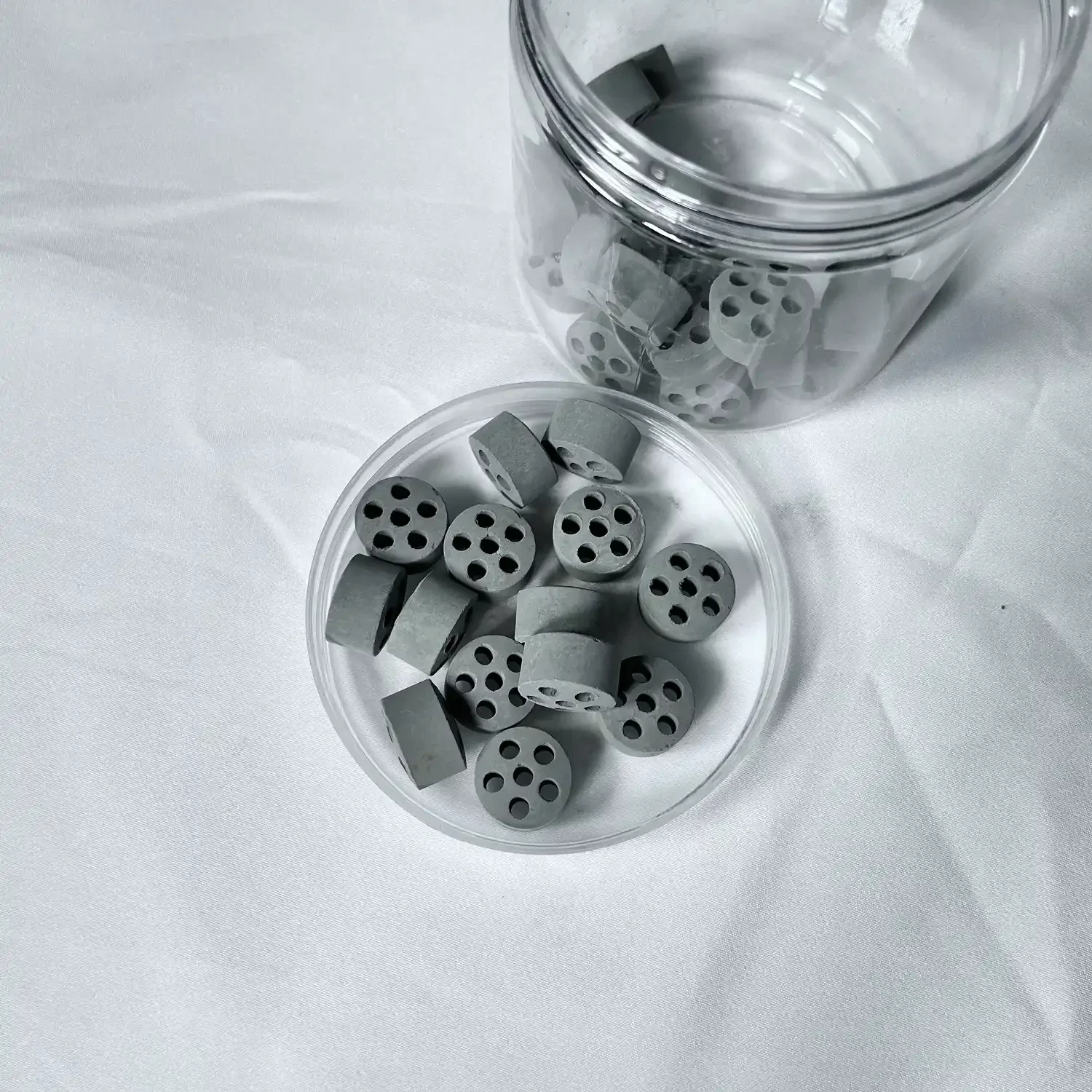Ammonia production has significantly contributed to the growth of various industries, such as agriculture and manufacturing. Steam reforming, a process that involves transforming natural gas into hydrogen, is a key step in ammonia production. This article aims to provide a comprehensive understanding of how steam reforming catalysts are used in ammonia production, exploring their importance, types, design, operating conditions, and deactivation.
The Importance of Ammonia
Ammonia, with its chemical formula NH3, is a vital chemical compound used in numerous applications. It serves as a key component in fertilizers, contributing to increased crop yields and improved food production. Additionally, ammonia is utilized in refrigeration systems, cleaning agents, and even in the production of explosives. Given its diverse uses, the demand for ammonia production has been steadily increasing.

Steam Reforming Process
The steam reforming process, also known as the Haber-Bosch process, plays a crucial role in ammonia production. Natural gas, which mainly consists of methane (CH4), is the primary feedstock for steam reforming. This process transforms methane into hydrogen gas (H2) and carbon dioxide (CO2) through a series of chemical reactions.
Steam Reforming Catalysts
To ensure the efficiency and effectiveness of the steam reforming process, catalysts are introduced to facilitate the desired reactions. Catalysts are substances that speed up chemical reactions without being consumed in the process. In the context of ammonia production, steam reforming catalysts are essential to enhance the conversion of methane into hydrogen.
Nickel-Based Catalysts
Most commonly, nickel-based catalysts are employed in steam reforming due to their excellent activity and selectivity. Nickel acts as a promoter to further catalyze the reactions involved in converting methane into hydrogen gas. These catalysts are typically supported on high-surface-area materials, such as alumina, to increase the active surface area and maximize the catalyst's efficiency.

Catalyst Design and Engineering
The design and engineering of steam reforming catalysts are critical to their performance and longevity. The catalyst particles are often formulated in a way that maximizes the exposure of active sites while ensuring sufficient mechanical strength. This allows for better contact between reactants and catalysts, thus increasing the conversion rates and overall efficiency of the process.
Operating Conditions
Steam reforming catalysts require precise operating conditions to achieve optimal performance. The most crucial parameters include temperature, pressure, and steam-to-carbon ratio (SCR). Typically, temperatures ranging from 600°C to 900°C, pressures of around 20-35 bar, and SCR values of 2-3 are maintained to promote the desired reactions. These conditions are carefully monitored and controlled to ensure consistent and reliable ammonia production.
Catalyst Deactivation and Regeneration
Over time, catalysts may experience deactivation due to factors such as carbon deposition and sintering. Carbon deposition occurs when hydrocarbons or impurities in the feedstock accumulate on the catalyst surface, hindering its activity. Sintering refers to the agglomeration and growth of catalyst particles, leading to reduced surface area and decreased activity. Catalyst regeneration processes involve periodically removing accumulated carbon deposits and restoring the catalyst's active surface area through high-temperature treatments or other techniques.

Conclusion
Steam reforming catalysts play a vital role in ammonia production, enabling the efficient conversion of methane into hydrogen gas. Nickel-based catalysts, along with carefully engineered designs and precise operating conditions, contribute to the overall effectiveness of the steam reforming process. Understanding the fundamental principles and advancements in catalyst technology is essential for optimizing ammonia production and meeting the increasing global demand for this versatile compound.
Yixing Winner Technology Co., Ltd. is a professional manufacturer in producing catalysts and their ceramic carriers, ceramic glove formers, and other industrial ceramics.Welcome to contact us if you need to learn more about reforming catalysts.
Email:camilleyxwn@outlook.com



